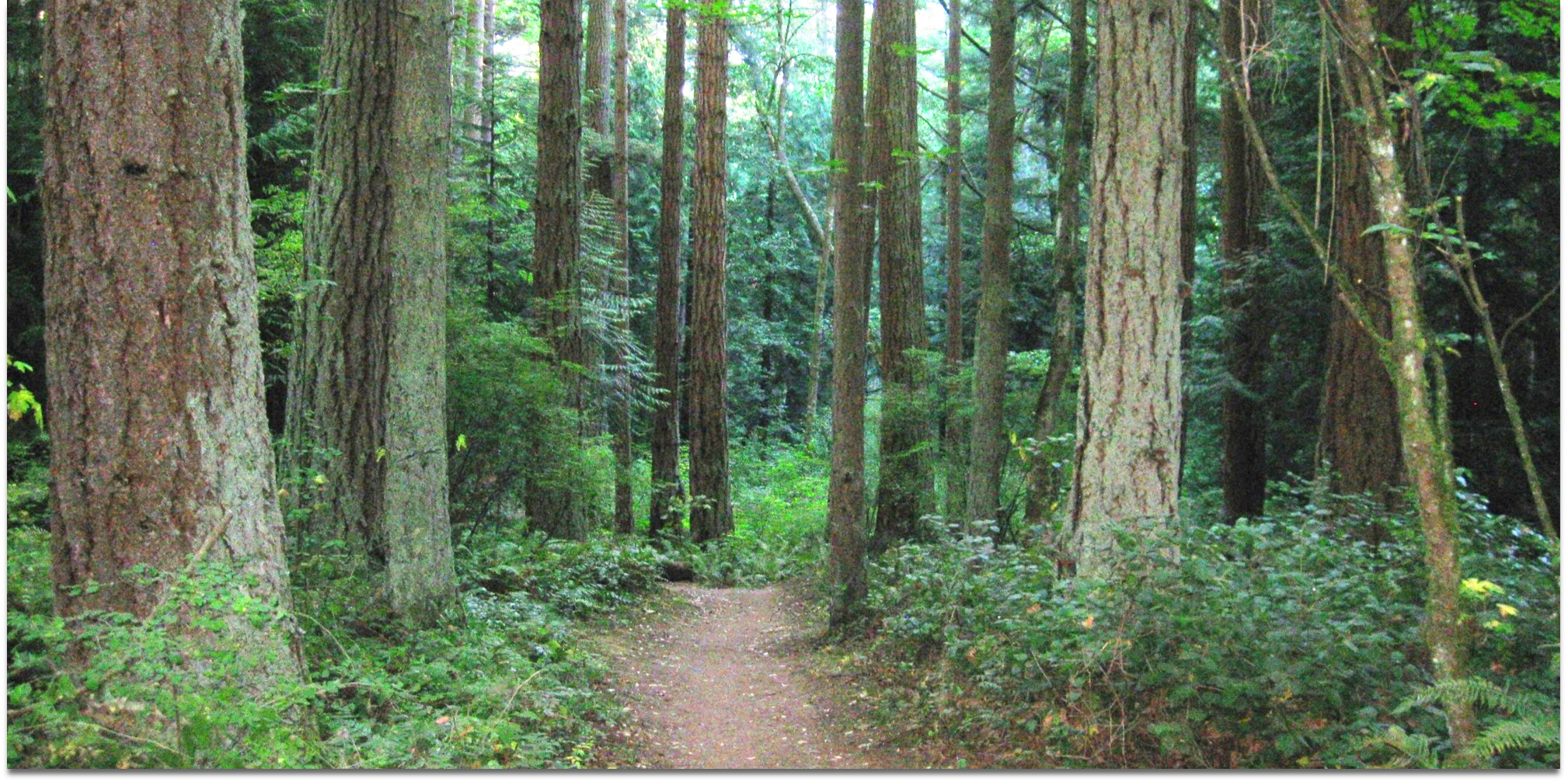
This working forest conservation easement protects 41.5 acres on the northeast slope of Devils Mountain, near Big Lake. The property is adjacent to Department of Natural Resources forestland. It features 280 feet of a fish bearing stream, 28.5 acres of working forest and 13 acres of wetland with an intact forested buffer.
The Property is part of an extensive block of largely intact low elevation working forest located near Puget Sound. It provides a habitat and supports a corridor for wildlife, including bobcat, bear, cougar, and a multitude of bird species.
Read the 2020 newsletter article about protecting this working forest.
A conservation easement is a voluntary, legal agreement between a property owner and a conservation nonprofit or a government agency. The landowner owns and manages the land but agrees to limit certain uses — such as development — to protect the land’s natural or resource value. The conservation group or agency (called the easement holder) checks the property at least once a year to make sure the agreement is being followed, but does not control or manage the land - only the landowner does.
If there is an emergency on the land, the landowner or an appropriate agency can take necessary action to protect people and property, even if it affects the natural resource values. The conservation group or agency (easement holder) does not direct or decide what this action is.
In 2021, part of a beaver dam located on the Devil's Mountain Conservation Easement (CE) broke. During this event, the property owner and government agencies were informed by Skagit Land Trust that they could take emergency actions as needed - either once or on an ongoing basis. SLT’s role is to ensure that the rules of the conservation easement are followed, but we do not control, manage or develop the land. Rules, such as no development, are aimed at conservation.
There has been speculation about this watershed and the cause of the flooding. Skagit Land Trust commissioned a study to gain a comprehensive understanding of the watershed as there was no prior detailed analysis of this area.
Dan McShane of Stratum Group, a geologist with expertise in analyzing alluvial fans and their associated watersheds, was hired to study the drainage. His findings and possible mitigation measures are in the report link here.
If you have questions about the report or property, please reach out to Skagit Land Trust's Executive Director, Molly Doran, at 360-428-7878.